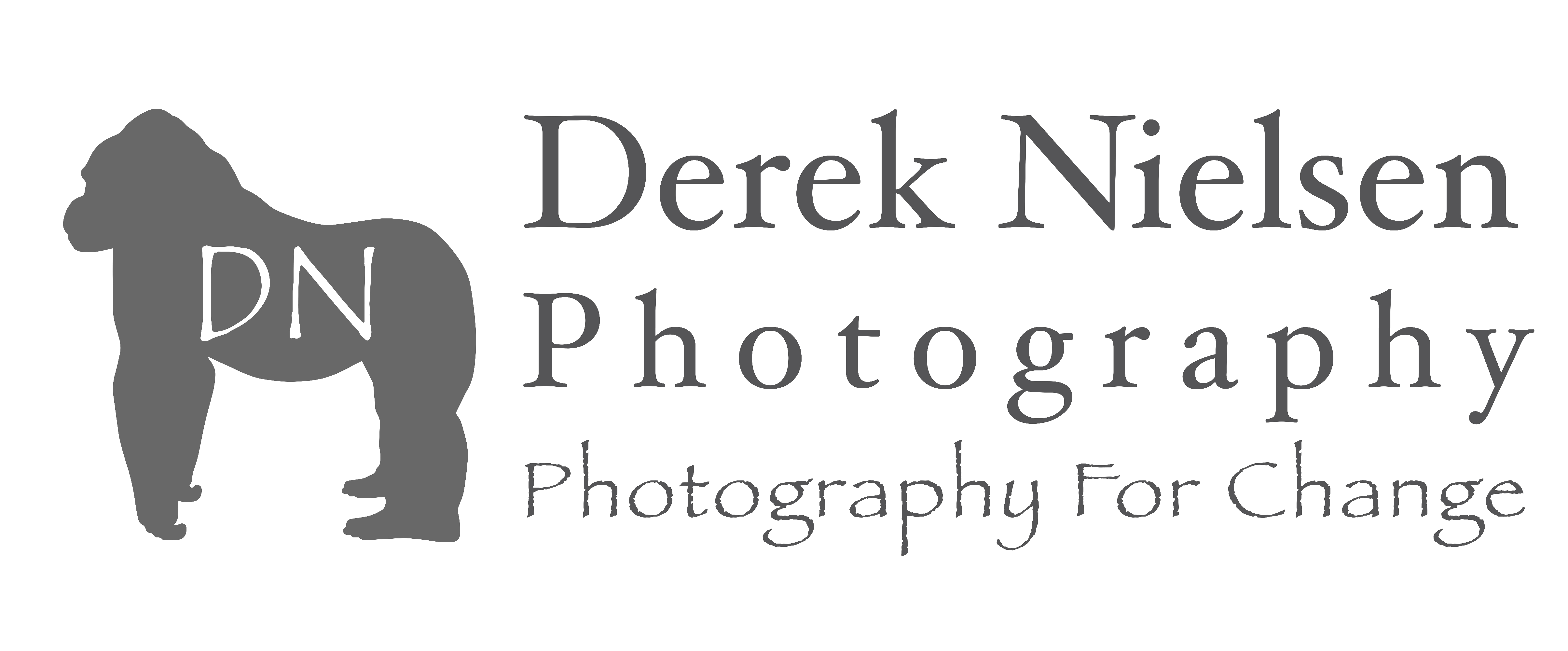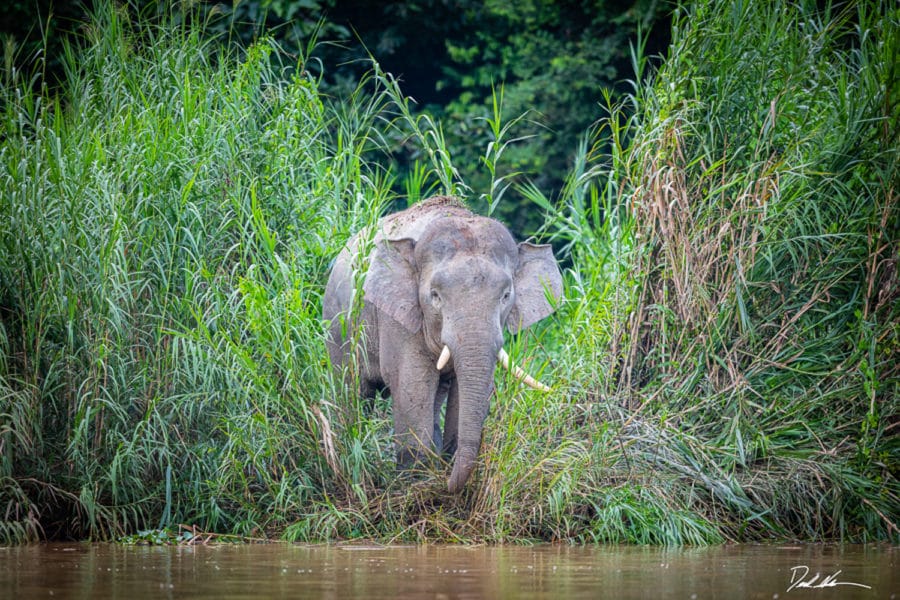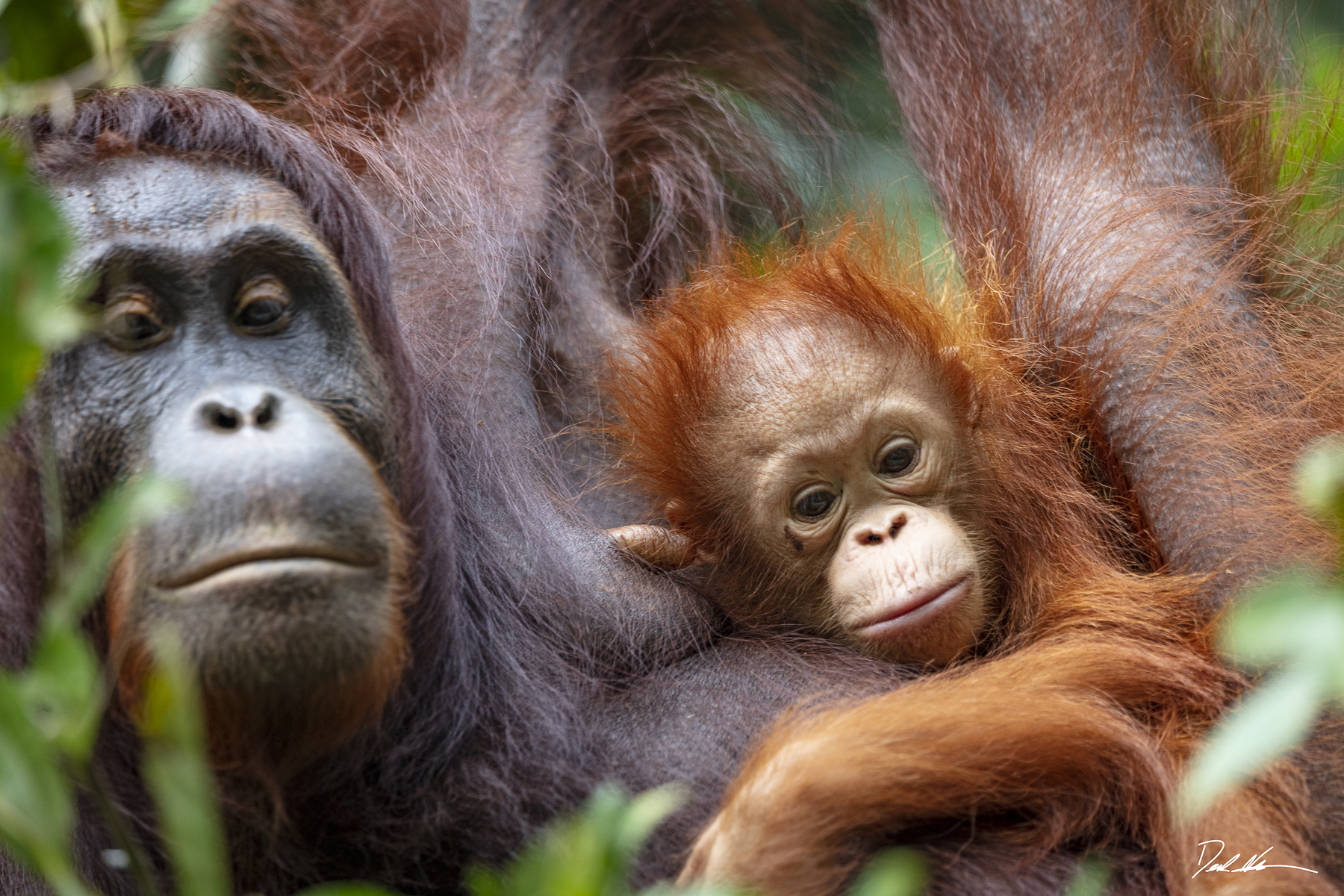
National Geographic photography is highly revered for its impeccable quality. As pioneers of photojournalism, National Geographic art has been making waves since its founding in the early 1800s. Follow along to discover the inner workings behind that iconic yellow border.
Origins of National Geographic Society & Magazine

(Line Conflict – Limited Edition Fine Art Print of 6 – Derek Nielsen Photography)
National Geographic, the society, was founded in 1888 by 33 prominent scientists and scholars. Their goal was to spread knowledge of nature, history, and culture to a more significant population and facilitate discoveries of our natural world. The magazine was created in 1888, with the first issue released in October of that year. It served as a means for accomplishing the society’s purpose. The first official National Geographic expedition took place in the St. Elias region in North America in 1890, led by explorer Israel Russel.
The History of National Geographic
The Society
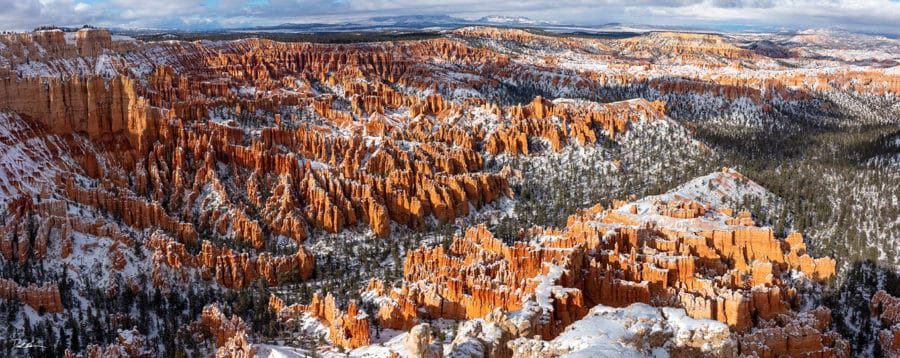
(The Maze – Limited Edition Fine Art Print of 50 – Derek Nielsen Photography)
Since that first expedition, the society has provided over 15,000 grants to explorers across all seven continents. While they’ve done an excellent job of spreading knowledge and awareness, they acknowledge that, for the majority of their existence, they’ve had white American men at the forefront of their expeditions and National Geographic art, and their look forward to broadening the idea of who the “explorer” is and who gets to tell their story. With this focus on Diversity and Inclusion in mind, half of their explorers are now female, with 65% getting to explore their home countries.
The Magazine
(Giant Crossing – Limited Edition Fine Art Print of 100 – Derek Nielsen Photography)
The magazine became a monthly issue in 1896, led by Gilbert Grosvenor. The early issues focused chiefly on technical articles; however, to make the magazine more accessible, Grosvenor pushed the publication towards its current format, with large, high-quality photographs at the forefront. By 1908, the magazine was comprised of 50% National Geographic photography.
National Geographic art became well-known for its exceptional photography, often referred to as the best photojournalism in the world. They’ve been pioneers of photojournalism since the beginning. The magazine featured color photos in the early 1900s when that technology was still scarce.
Became well known for a high standard of photography – best photojournalism in the world
Featured color photos in the early 20th century – color was still rare
Luis Marden (1913-2003) convinced mag to allow photographers to use small 35mm cameras over bulky ones to allow greater flexibility and mobility
Famous Photographers at National Geographic
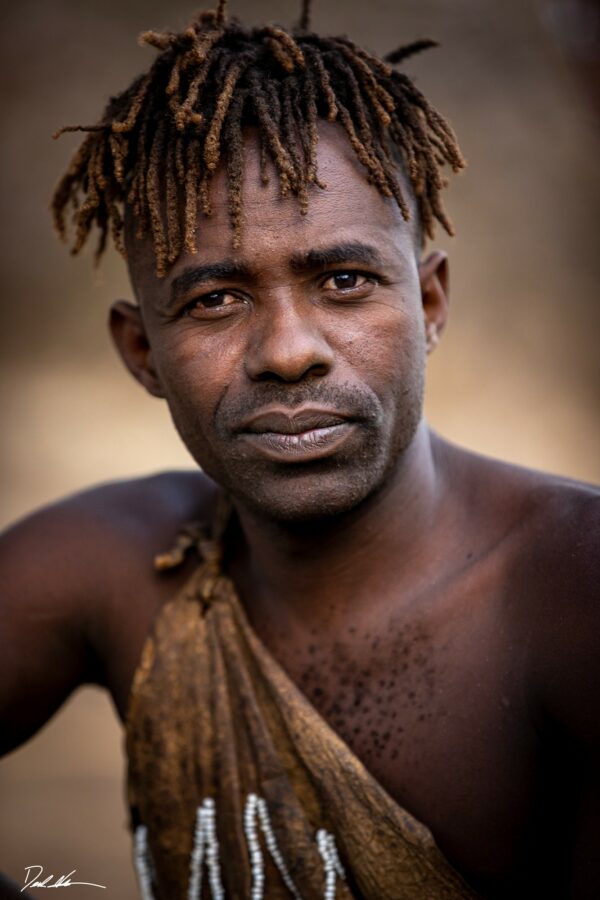
(The Chief – Limited Edition Fine Art Print of 10 – Derek Nielsen Photography)
David Doubilet is known for his incredible underwater photography. He started with National Geographic back in 1971 and has written and photographed for over 70 articles. Born in New York City in 1946, his interest in underwater photography began as a young boy; when he was only 12, he worked as a diver and photographer for Sandy Hook Marine Laboratories in New Jersey. He eventually met and married Jennifer Hayes, aquatic biologist and photojournalist, and the two have co-written and photographed many National Geographic articles together.
David has devoted much of his career to promoting conservation and is a founding fellow of the International League of Conservation Photographers. He received the explorer’s Club Lowell Thomas and Lennart Nilsson awards for scientific photography in 2001.
Joel Sartore has been with National Geographic for 25 years. He specializes in documenting endangered species and landscapes to spread awareness and promote nature conservation. His most notable project is “The Photo Ark,” an over 20-year documentary project geared towards saving endangered animals and habitats.
Sartore has written several books, including RARE: Portraits of America’s Endangered Species. In addition to National Geographic art, he’s contributed photography to Audubon Geographic, The New York Times, and the Smithsonian.
Jimmy Chin is an Asian-American professional photographer for National Geographic, in addition to being a mountain athlete, Academy Award Winning Film Director, and New York Times selling best author. He’s known for documenting his expeditions and climbs and has photographed iconic locations like the Sahara and Himalayas. He was awarded National Geographic Photographer’s Photographer Award by his peers in 2019 and has published a book of photography titled There and Back, making him a New York Times Best Seller in 2021.
Lynn Johnson is known for shooting elusive subjects and asking tough questions. She loves to push others’ boundaries and comfort levels with her photography. Making waves from a young age, she was the first woman staff photographer at Pittsburgh press at the beginning of her career. Since she joined the National Geographic team, she was awarded the National Geographic Photographer Photographer’s award by her peers in 2013 and recently received a National Geographic explorer fellowship. Her photography has been featured in many books, including Women of Vision: National Geographic’s Female Photographers (2013) and Women in the Material World (1996).
National Geographic Photography
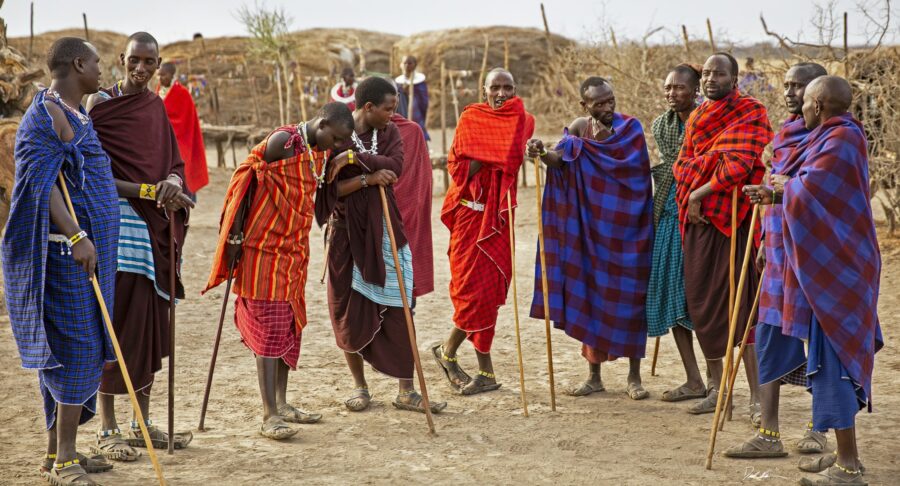
(Tribesmen – Limited Edition Fine Art Print of 100 – Derek Nielsen Photography)
Sharbat Gula
One of the most iconic National Geographic photography images is a portrait of Sharbat Gula, a young Pashtu girl in the Nasir Bagh refugee camp. Taken by Steve McCurry in 1984, the picture was the cover of the June 1985 issue. The girl was a 12-year-old student in an informal school at the camp with striking green eyes and a red scarf draped loosely over her head. The photo was titled “Afghan Girl” because, at the time, the name of the subject was unknown. The picture, at the time, was a symbol of the 1980s Afghan conflict and the refugee situation across the globe, but it soon became one of the most recognized photographs in the history of the magazine.
In 2002, McCurry discovered her identity through the US-led invasion of Afghanistan. She was married and living with her family and, according to her, completely unaware of her fame. McCurry took updated portraits of her for the April 2002 issue of National Geographic and a documentary where her whole story was finally told. Gula has said that 1985 and 2002 were the only times she’d been photographed.
A fund was created in her name that sponsored the construction of an all-girls school in Afghanistan and Kabul.
Anxious eyes is a striking National Geographic photography image of surgeon Dr. Zbigniew Religa in his outdated operating room in Poland. The photograph was taken in 1987 by James L. Stanfield, who joined the team in 1967. The photo depicts Religa anxiously watching his patient’s vital signs after 23-hour open-heart surgery, the first open-heart transplant to be performed successfully in Poland. Stanfield wanted to raise awareness of the critical state of Poland’s free healthcare system at the time.
Where The Society is Today
With digital stimulation at an all-time high, National Geographic has expanded into several different platforms for information consumption. Today, you can now stream tv shows, including (One Strange Rock, Welcome To Earth, Uncharted, Running Wild, and Shark Beach). These shows feature some celebrities interacting with foreign places for an educational exploration of our planet.
Learning to love nature and exploring the glove starts early. Spark a child’s fascination with animals with any NatGo Kids books, including Dr. Gabby Wild’s “Wild Vet Adventures.” Inside this book, Dr. Gabby Wild takes you on an adventure across the globe, explaining what it is like to be a wildlife veterinarian. She details hair-raising stories from actual life events and provides incredible information about our planet’s furry friends she has met along the way.
Explore the world with an elite travel company. Natgo now offers exciting trips to exclusive destinations. These trips include access to experts in biology, marine biology, ecology, geology, photography, filmmaking, and so much more.
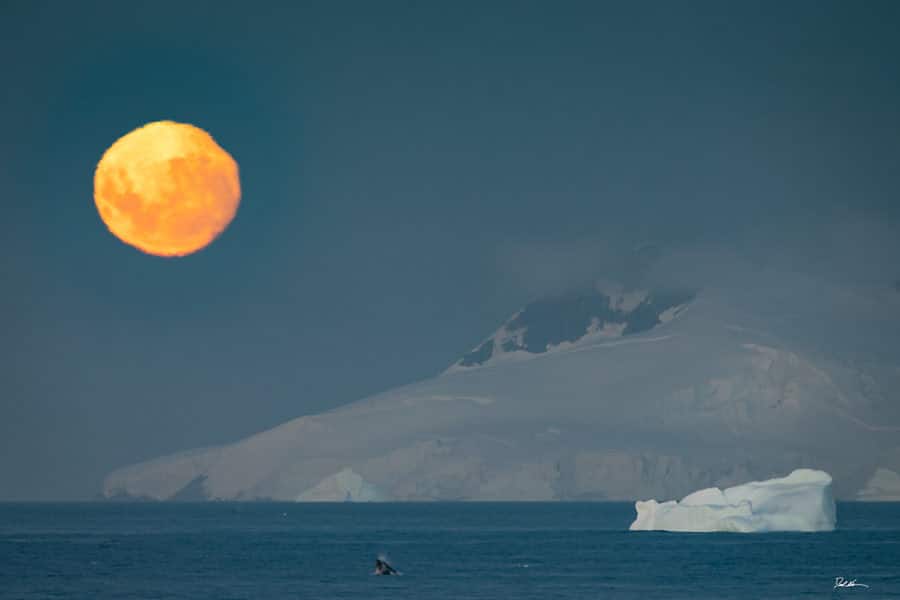
(The Emotions Of Antarctica – Limited Edition Fine Art Print of 100 – Derek Nielsen Photography)
No other organization has been able to push the boundaries of the visual arts like National Geographic. My journey as a photographer may not lead me to their organization, but I am grateful for the high bar they have set for a photojournalist. National Geographic will remain the gold standard in storytelling for years with its high content level. With the current state of the health of our planet, we will be relying on organizations like National Geographic to bring us up-to-date factual information to educate humanity.
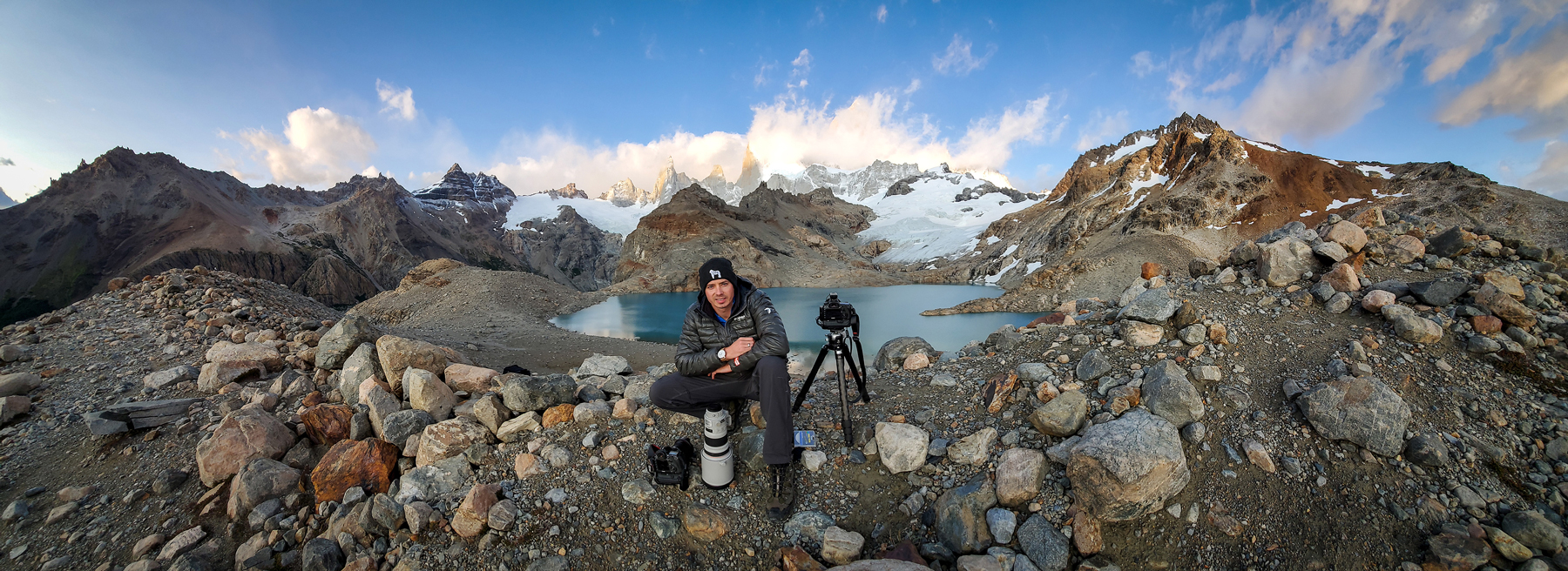
Hello! I'm Derek.
DEREK NIELSEN PHOTOGRAPHY RAISES AWARENESS ABOUT THE GLOBAL NEED FOR CONSERVATION THROUGH PHOTOGRAPHY AND DONATES UP TO 15% OF ALL SALES BACK TO ENVIRONMENTAL ORGANIZATIONS AROUND THE WORLD.
